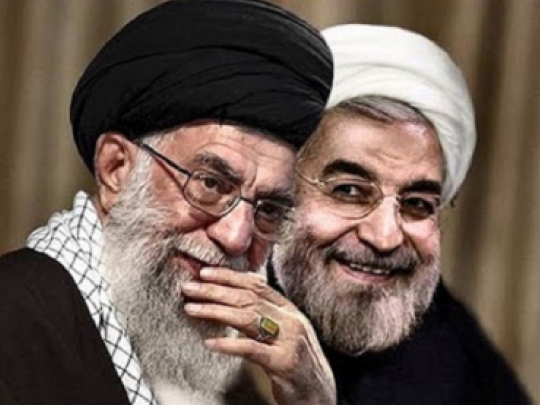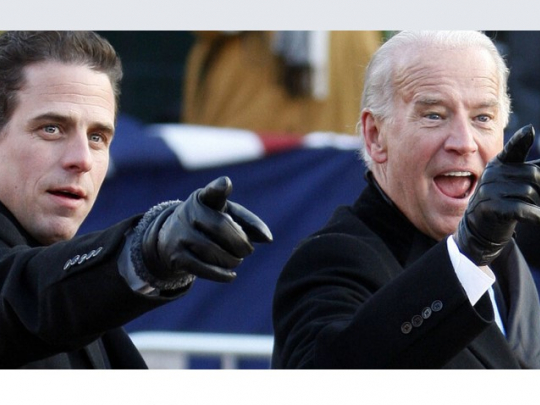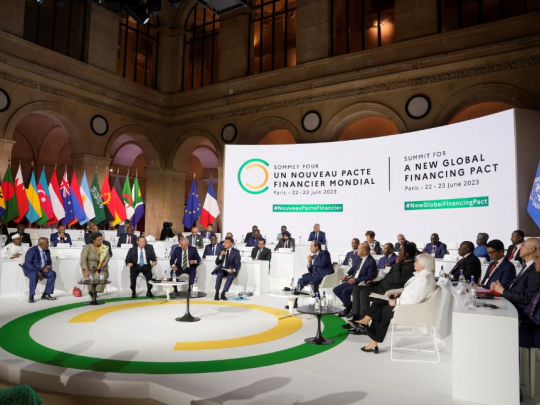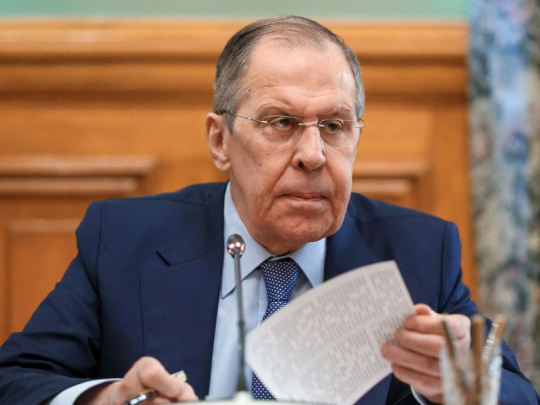India-Iran Relations in Crisis: Geopolitical Realignment in Favor of China

These easily discernible strategic chain reactions were regrettably missed by many experts owing either to unfamiliarity with the guiding motivations of each related party and/or pressure to comply with the so-called “political correctness” being pushed by some of the players whereby it was previously considered “taboo” to criticize Indian-Iranian relations or rely upon factual evidence to forecast their inevitable weakening.
The Chabahar Surprise
Lots of folks in South Asia and the Mideast are discussing the real reason why Iran just dropped India from the much-touted and objectively over-hyped Chabahar rail project. This development is being presented against the backdrop of Iran and China negotiating the details of their strategic partnership over the next quarter-century. This has led to speculation that Beijing might have played a role in encouraging Tehran to make this decision so as to squeeze China’s Indian rival out of the geostrategic Central Asian space.
Iran Dumped India Or Did India Dump Iran First?
For however much some might want to believe that narrative, whether to promote the perception of a so-called “China threat” or to present China as being clever enough to ruin some of its rival’s most precious plans without firing a shot, that’s actually not the most accurate way to assess the situation. In reality, India dumped Iran way earlier than the reverse, and this move was a long time coming considering just how much India consistently disrespected Iran over the past two years.
Not only did the South Asian state discontinue purchasing natural resources from what had at one time been among its top suppliers as a result of America’s “secondary sanctions” pressure, but it even started strengthening its military-strategic partnership with Iran’s hated “Israeli” foes at the same time too. The author briefly discussed this and the blowback that India gave Iran from its Hybrid War on CPEC in his piece last year about “The Three Humiliating Ways That India Made A Fool Out Of Iran“.
The CPEC Factor
It was for this reason why the Iranian Ambassador to India publicly disclosed last September that his country “is now discussing an LNG pipeline to China along the China-Pakistan Economic Corridor (CPEC), as India is not expected to retain its prior interest in LNG imports from Iran.” The author analyzed the game-changing implications of such a move in two related analyses at the time about how “Iran’s CPEC-Parallel Pipeline Plans (E-CPEC+) Could Ruin India’s Regional Vision” and “Iran’s Interest In CPEC Strengthens Regional Integration“.
Iran, though, still remained reluctant to dump India because some of its leadership seemed to have fallen for the infowar ruse that their South Asian partner was just “balancing” (“multi-aligning” in New Delhi’s preferred political parlance) between countries and that so-called “civilizational ties” will always lead to it remaining “loyal” to Tehran’s foreign policy interests. This was a disastrous mistake for its strategists to make since their country lost valuable time that could have otherwise been invested in more successful foreign outreaches.
The “Trans-Arabian” Turning Point
Nevertheless, the turning point in correcting the Iranian leadership’s perceptions about the self-interested nature of Indian foreign policy appears to have been reached last December after “Israel” revealed that it’s actively courting India to participate in a so-called “Trans-Arabian Corridor” (TAC) with itself and Iran’s other hated foes in the GCC. The author also analyzed this developed in his piece at the time about how “The Indo-‘Israeli’ Trans-Arabian Corridor Will Push Russia Closer To Pakistan“.
In a nutshell, it was concluded that India no longer retains any serious interest in the North-South Transport Corridor (NSTC) nor its eastern branch of the Chabahar Corridor into Afghanistan and Central Asia. New Delhi has much closer commercial trading ties with Europe that naturally necessitate it more directly reaching that desired market through the TAC instead of the roundabout NSTC via increasingly internationally isolated Iran and similarly somewhat “isolated” Russia.
In response, Russia would gravitate closer to the global pivot state of Pakistan because of the potential for connecting with the latter via post-war Afghanistan through what the author previously described as N-CPEC+ (the northern vector of CPEC) or RuPak. He also elaborated on this possibility at length in his academic article about “Pakistan’s Role In Russia’s Greater Eurasian Partnership“, which was republished by the Russian International Affairs Council (RIAC), one of the country’s top think tanks.
So Obvious In Hindsight
These easily discernible strategic chain reactions were regrettably missed by many experts owing either to unfamiliarity with the guiding motivations of each related party and/or pressure to comply with the so-called “political correctness” being pushed by some of the players whereby it was previously considered “taboo” to criticize Indian-Iranian relations or rely upon factual evidence to forecast their inevitable weakening. Whatever the case may be, there’s no longer any question that ties between those two aren’t as close as they once were.
India has nobody to blame for this other than itself, but truth be told, it probably isn’t all that worried since it consciously brought this upon itself after so terribly humiliating the proud Iranian nation over the past two years and pioneering the TAC alternative to the NTSC. Still, India isn’t passing up the important perception management opportunity to imply that this development is all part of a shadowy Chinese plot to “contain” it even though the South Asian state is the one that’s actively seeking to “contain” China and not the reverse.
The American Angle
The US had previously granted India a sanctions waiver for its involvement in developing the Chabahar Corridor as a means of indirectly maintaining American economic influence in the region by proxy of its new South Asian ally following its eventual withdrawal from Afghanistan, but its new geostrategic calculations seem to be related to investing in N-CPEC+ for this purpose instead. The author elaborated on this earlier in the year when analyzing how “The US’ Central Asian Strategy Isn’t Sinister, But That Doesn’t Mean It’ll Succeed“.
The point in bringing this is up is to raise awareness of the fact that neither India nor its new American ally are really all that bothered by this development since both have already prepared alternatives far in advance of this predictable scenario. India will now rely more on the TAC to reach Europe while the US will do the same with N-CPEC+ to reach Afghanistan and Central Asia. Neither of them have any further purpose for promoting the NSTC charade which was only employed in hindsight as a means of strategically disarming Iran by wasting its time.
Concluding Thoughts
Due to these developments, a few observations can be made. The first is that the new Multipolar Trilateral between China, Pakistan, and Russia in the Eurasian Heartland will strengthen in parallel with the US-Indian Rimland one. Barring a Sino-Russo split and despite Iran’s uneasiness with Moscow’s support of its “Israeli” ally’s regular bombing raids against the IRGC and Hezbollah in Syria, Iran’s movement towards China serves the Russian grand strategic objective of eventually creating the “Golden Ring” between all four of them and Turkey.
- Source : Andrew Korybko


















